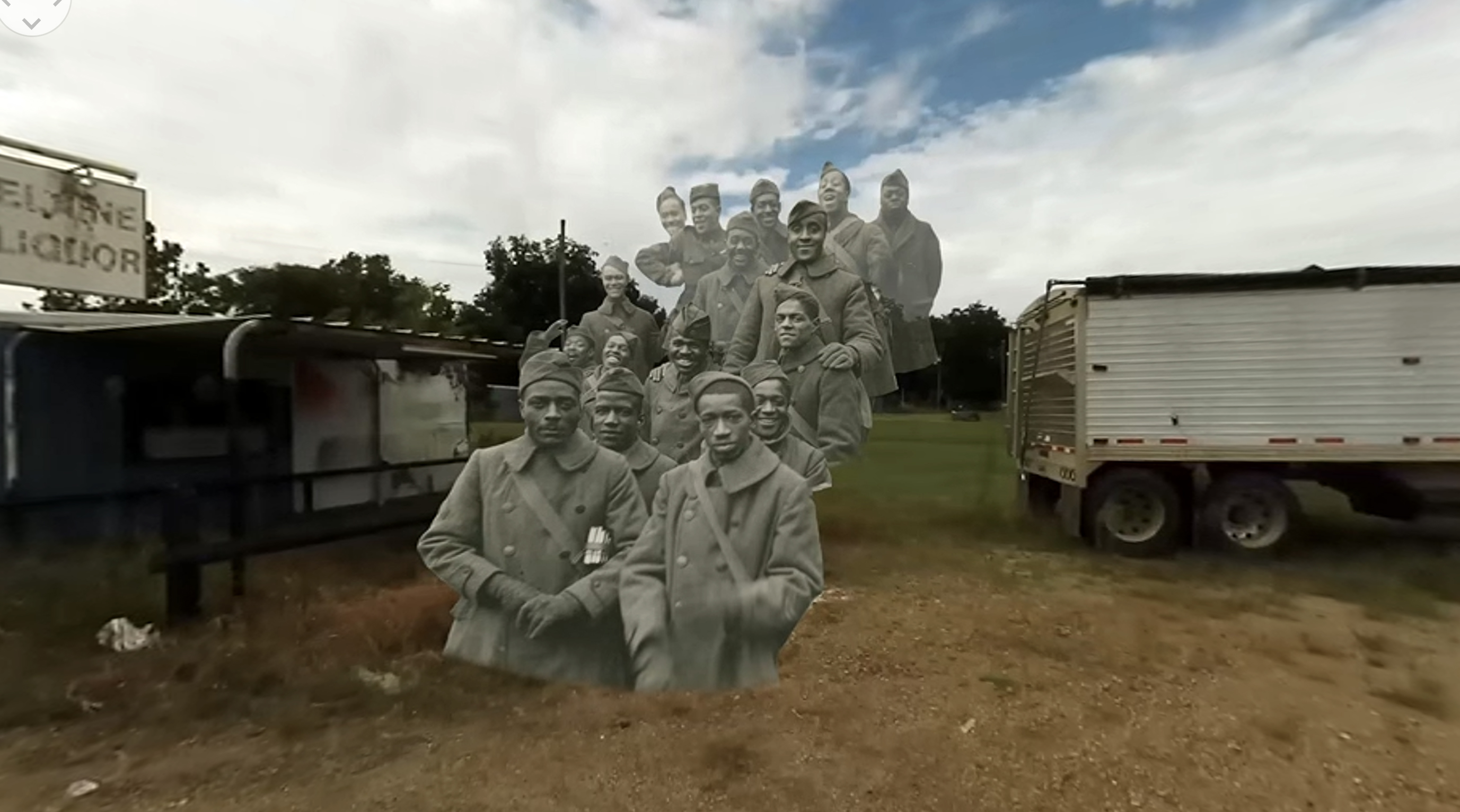Students in a fall studio highlighting humans’ impact on the natural world get encouraging critique from returning alum and wildlife artist Walton Ford.
Spring Studio Encourages RISD Students to Push the Boundaries of Traditional Journalism

Students in a spring Computation, Technology and Culture studio called Artists on the News are making work with the potential to transcend traditional gallery settings and reach wide audiences through print journalism and other news outlets. The course was developed last spring by journalist Marisa Mazria Katz, known for her writing about the arts in the Middle East and North Africa as the founding editor of Creative Time Reports from 2011–17 and the founding editorial director of the Eyebeam Center for the Future of Journalism.
“I see artists as distinctively adept at encouraging all of us to be more engaged.”
“I see artists as distinctively adept at encouraging all of us to be more engaged,” says Mazria Katz, “no matter if they are tackling issues like climate degradation, technology, surveillance or politically motivated violence.”

Graphic Design major Alina Spatz 23 GD, who took the course last year just as her home country of Russia invaded Ukraine, describes it as “life-changing. I’d been interested in politics and activism since high school,” she says, “but I didn’t understand how design could fit in. Marisa opened my eyes to the ways that artists and designers can participate in those worlds.”

One of the things Spatz most appreciated was how Mazria Katz structured the course, bringing in professional artists, journalists and editors nearly every week to explain how they use unconventional forms of expression to tell real-world stories. Students currently enrolled in the course are getting firsthand insights from such experts as artist/activist Steve Lambert, journalist and Knight Wallace fellow Mary Cuddehe, curator Jake Charles Rees from the Centre for Investigative Journalism, data journalist and artist Mona Chalabi, visual journalist Bayeté Ross Smith, Atlantic editor Matt Seaton and artist Molly Crabapple, who got her start as a journalist during Occupy Wall Street in 2012.

Seaton and Crabapple visited the class in late February and discussed how they work together to reach visually oriented readers. “When I get a pitch from Molly or another artist, it challenges me to think differently about how to present information in a legible and compelling way,” says Seaton. “The revolution in digitized graphics has broken down the barriers in some ways, but it’s still a rarity (and a treat) when I get to work with someone like Molly.”
Crabapple reflected on the power of illustration to make a point and the advantage she has in situations where cameras are not allowed. “Gitmo [the Guantanamo Bay detention camp she reported on for Vice in 2013] is one of the most censored places on Earth,” she says. “You’re basically allowed to photograph nothing but the floor. But because I had a sketch pad, I could draw the whole thing. Those pieces solidified my voice as a journalist.”
“Look hard at the thing you’re drawing and ask yourself questions: Does that person have a crooked smile? Is their hair really blond or is that just the light?”
The New York-based artist says she learned to draw quickly by sketching in cabarets and night clubs and advises students to practice drawing in fast-paced settings and figure out what kinds of paper and utensils allow them to move fastest. “Stereotype is inimical to truth,” she says. “Look hard at the thing you’re drawing and ask yourself questions: Does that person have a crooked smile? Is their hair really blond or is that just the light?”

Smith, who presented to the class human rights-centered projects like Taking AIM and Our Kind of People, also offered useful advice. “The specific degree you have is less important than developing a good aesthetic sense and building a strong portfolio of work,” he says. “There’s not a lot of money for this kind of work, so you may need to get projects funded by a source other than the publisher, such as the [journalism incubator] Eyebeam, where I met Marisa.”

Mazria Katz agrees with Smith’s assessment and says she is committed to creating resources for artists interested in making this kind of work. After wrapping up her time at Eyebeam, she and Rees co-launched the Center for Artistic Inquiry and Reporting, a nonprofit producing artist-led investigations that push the boundaries of traditional journalism. “I also act as a kind of connector,” she says, “helping artists imagine the stories they want to tell, but also working with them on pitches and finding the right outlets for their work.”

In fact, she has generously offered to help RISD students pitch the projects they are creating for her class and placed a couple of last year’s pieces in prominent publications. Spatz’s personally motivated piece about Putin’s war on independent media, for example, was published in The Nation last September. “Alina’s piece was a really great fit for The Nation,” Mazria Katz says. “Yes, there are strict parameters when it comes to working for news organizations, but I believe, and have seen, how artists can push for more imaginative perspectives.”
—Simone Solondz / top image shows work by Changsong Li BArch 24
March 20, 2023


